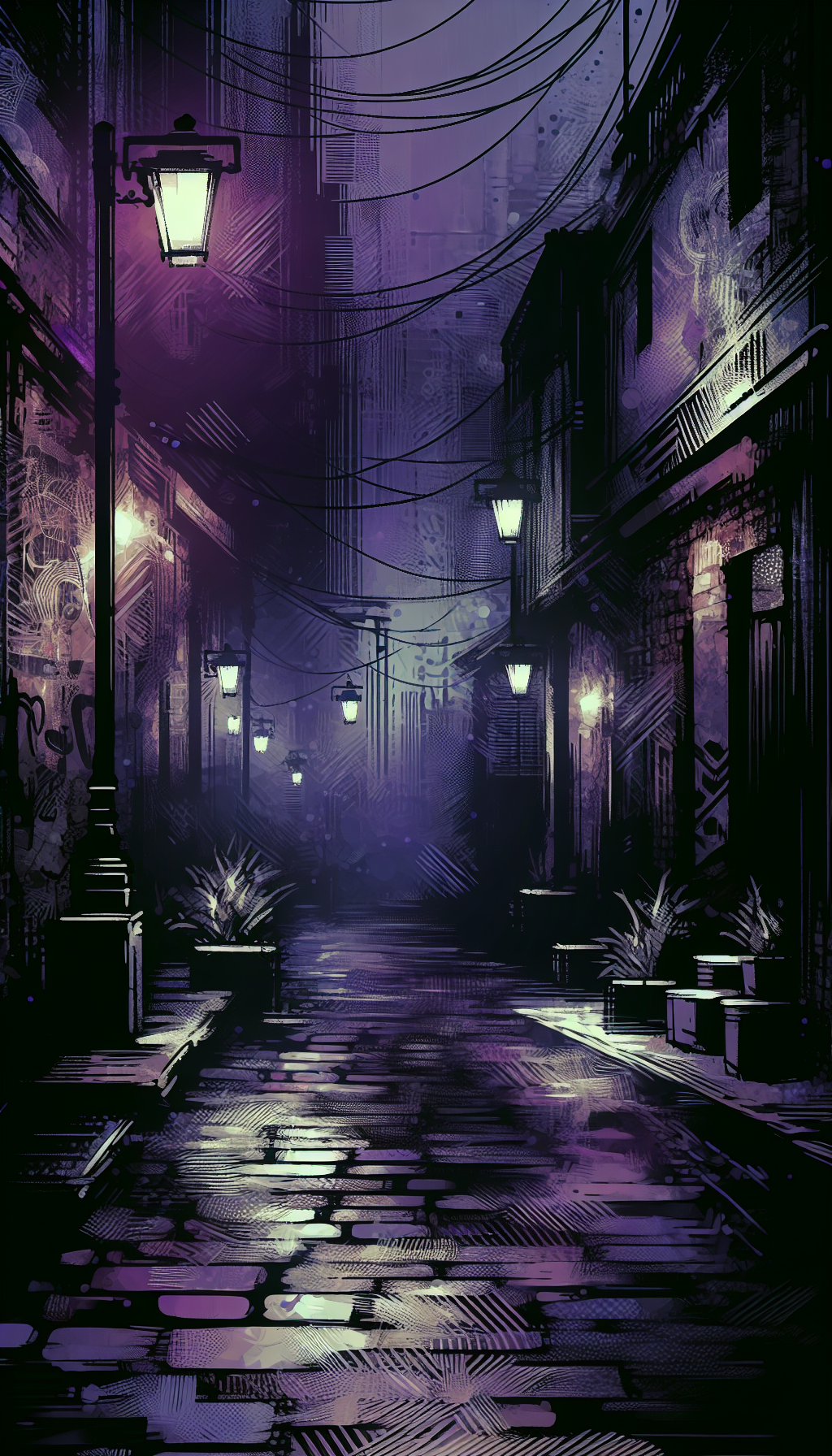Facade Panel From Best Products Showroom Langhorne Pennsylvania
Best Products showrooms were once fixtures of American retail, and a handful of their sites became touchstones of late 20th-century commercial architecture. Salvaged materials from these stores—especially facade elements—now appeal to collectors of architectural artifacts and to appraisers who specialize in design history. This guide focuses on a facade panel attributed to the Best Products showroom in Langhorne, Pennsylvania: what it is, how to authenticate it, what influences its value, and how to conserve and display it responsibly.
Best Products Showrooms and Their Architectural Significance
Best Products Co. (founded 1957; liquidated in 1997) popularized the catalog showroom model, inviting customers to browse display samples and order at the counter. Beyond retail, the company became known for adventurous architecture in the 1970s and 1980s, famously commissioning SITE (James Wines and collaborators) for a series of concept showrooms. These included buildings with visually provocative facades—tilting, peeling, or pocked in ways that blurred sculpture and architecture.
Not every Best showroom was a SITE collaboration. Many were more conventional big-box structures clad in economical materials: precast concrete, split-face or brick veneer, insulated metal composite panels, and porcelain-enamel sign panels. Yet the brand’s architectural reputation has raised collector interest in even the “standard” fabric of the chain’s buildings. To a design historian, a facade panel from any period Best location sits at a crossroads of American suburban retail, value engineering, and, occasionally, conceptual art.
For appraisers, that means two distinct value narratives:
- A pure design-art story where a panel is directly tied to a SITE-designed facade or documented architect-led scheme.
- A cultural-history story where the panel embodies late-century retail architecture and brand identity, even if it’s an off-the-shelf material.
Both narratives can be compelling, but they affect market comparables differently, as discussed below.
The Langhorne, Pennsylvania Showroom: What We Know
Langhorne, in Bucks County, sits within a high-traffic retail corridor that expanded significantly from the 1970s through the 1990s. A regional Best Products showroom operated in the Langhorne area during the chain’s mature years. While Langhorne is not widely cited among the iconic SITE commissions, its facade would typically have reflected the brand’s construction norms of the era:
- Economical tilt-up or precast concrete wall panels at the structural perimeter.
- A front parapet or signage band composed of either painted concrete, aluminum-clad framing, or porcelain-enameled steel panels.
- Applied channel letters or painted typographic signage using period-appropriate fonts and colorways (often bold, high-contrast treatments).
- Standardized anchorage: embedded plates, steel clips, or z-girts for panelized cladding systems.
When a panel is represented as being salvaged from the Langhorne showroom, the critical tasks are verifying location-based provenance and matching physical features to period construction methods. Because Best closed in the 1990s and many buildings were repurposed or demolished, documented salvage from Langhorne is finite and tends to surface through regional dismantlers, facilities managers, or contractors with photographic records.
How to Identify and Authenticate a Facade Panel
Authentication blends material forensics with paper (or digital) provenance. For a Langhorne-origin facade panel, work through these steps.
- Determine the panel type
- Precast or tilt-up concrete: Look for aggregate exposure, form-tie patch patterns, and embedded lifting anchors on the reverse. Edges may show mold seam lines and occasional chipping. Weight is substantial; even a partial section can exceed several hundred pounds.
- Porcelain-enameled steel (PES): Typically a rigid steel panel with a vitreous enamel surface, glossy and highly durable. Chips reveal a dark ground coat beneath colored enamel. Back side may show uncoated or lightly primed steel with maker’s marks.
- Painted or anodized aluminum composite panel (ACP): Lightweight sandwich panel with aluminum skins over a polymer core. Cut edges reveal layered construction. Often hung on a proprietary clip or rail system.
- Signage elements (channel letters or logo panels): Fabricated aluminum or steel cans with acrylic faces (now often missing), with traces of low-voltage wiring and transformer mounts (for neon) or LED hardware if updated later.
- Inspect for manufacturer and fabricator marks
- Precast concrete: Look for cast-in stamps, date codes, batch numbers, or plant identifiers on the rear face (often alphanumeric codes). Embedded plate tags and weld marks can be telling.
- PES panels: Sometimes carry small ink-stamped codes, scribed notations, or steelmaker marks on the reverse flange. Enamel colors may correspond to standard palette codes.
- Sign systems: Look for labels from sign fabricators or UL stickers indicating listing for electric signs, which can include job numbers and dates.
- Study the mounting hardware and layout
- Slotted clip holes, z-girts, hat channels, and welded plates can help reconstruct how the panel sat on the facade. Matching fastener spacing to period photos of the Langhorne building’s grid supports attribution.
- Consistent dirt shadows, UV patterns, and paint ghosting can indicate adjacency to letters or canopy edges, revealing the original facade arrangement.
- Analyze surface history
- Paint stratigraphy: Successive repaint layers (e.g., a later tenant’s livery) can be scraped and documented to show the Best-era layer beneath. Maintain samples if you plan to conserve rather than restore.
- Graphics and color: Compare typographic remnants or colorways to known Best branding from the 1970s–1990s. Even without exact Pantone references, a consistent hue and stroke width can corroborate the period.
- Build provenance
- Chain of custody: Salvage invoice, bill of sale, and any demolition or debranding work orders that name the Langhorne address are crucial.
- Photographic evidence: Removal photographs showing the panel in situ are gold-standard proof. Secondary value includes images of the facade before closure where panel seams or sign placement match your piece.
- Local records: Property transactions, demolition permits, or tenant fit-out drawings can confirm timelines and help anchor the panel’s origin.
- Weigh and measure
- Approximate mass and dimensions matter for two reasons: safety and plausibility. A porcelain-enameled panel might be under 150 lbs; a concrete fragment can be several hundred pounds or more. Outlier weights or atypical dimensions should prompt closer scrutiny.
When direct documentation is limited, triangulate: consistent hardware, finish, and grid logic—combined with credible testimony from a known salvager—can carry an attribution, especially if you can match seam spacing or paint ghosts to archival facade photos.
Appraisal and Market Value: What Drives Price
Architectural salvage values hinge on a matrix of design merit, branding, aesthetics, scale, and condition. For a Best Products facade panel, consider the following drivers:
- Provenance strength: In-situ photographs and paperwork connecting the panel to Langhorne carry significant weight. A persuasive narrative with weak evidence will be discounted.
- Design pedigree: If the panel can be linked to a documented designer or specific architectural scheme, value increases. For Langhorne, which is not generally cited as a SITE commission, value is more likely anchored in brand and era than in art-architecture celebrity—unless you can document otherwise.
- Visual appeal and display potential: Panels with surviving original graphics, distinctive color fields, or readable typographic fragments are more desirable than blank or heavily overpainted pieces.
- Rarity and completeness: A single dramatic panel or letter can be more collectible than a generic blank. Conversely, a matched set (e.g., consecutive panels that form a recognizable band) can command a premium.
- Condition: Stable patina is positive; structural instability, active corrosion, deep spalls, or enamel delamination reduce value and raise conservation costs.
- Scale and logistics: Extremely heavy elements deter private buyers. Pieces that can mount safely indoors or on a stout wall are more marketable than yard-only artifacts.
- Comparative sales: While market transparency is imperfect, comparable sales of mid- to late-century big-box facade elements, porcelain-enamel sign panels, and sculptural precast sections can frame expectations. Iconic brand signage often sells in the low hundreds to low thousands per element; large, visually strong enamel panels can reach into the mid-thousands; monumental concrete sections vary widely depending on display potential and transport realities.
For a formal appraisal, adhere to a recognized standard of practice, define the intended use (insurance, equitable distribution, resale), and specify the value type (fair market value vs. replacement cost). Include photographs, measurements, condition notes, all provenance, and a reasoned analysis of comparables.
Conservation, Mounting, and Long-Term Care
Keep interventions minimal, reversible, and documented. The goal is stabilization and safe display, not erasing history.
Cleaning
- Porcelain-enameled steel: Start with distilled water and a pH-neutral detergent on microfiber cloths. Avoid abrasives. Spot-treat metal corrosion on the reverse with gentle mechanical cleaning and a rust inhibitor, keeping chemicals off the enamel.
- Painted aluminum panels: Dry dust first. Test with mild detergent in an inconspicuous area. Avoid strong solvents that can lift original coatings.
- Precast concrete: Dry brush loose debris. Use low-pressure water and a non-ionic detergent if needed. Avoid high-pressure washing that can expose aggregate or drive moisture into microcracks.
Stabilization
- Concrete: Address small spalls with a compatible mineral repair mortar; consider an ethyl silicate consolidant for friable surfaces under a conservator’s guidance.
- Metals: Arrest active rust; seal cleaned steel with a conservation-grade coating. For aluminum, avoid alkaline cleaners that can etch the surface.
Coatings and patina
- Preserve original paint layers and enamel chips as part of the artifact’s story. If you must inpaint small losses for visual continuity, restrict to reversible, clearly documented areas and avoid creating a “like new” look that confuses future researchers.
Mounting and display
- Engineer for loads. Use a French cleat, z-clips, or concealed frame rated well above the panel’s weight. For concrete, anchor into structural members, not drywall.
- Allow for expansion and drainage on exterior installations; use stainless hardware and isolation pads to prevent galvanic corrosion.
- Keep wall standoff where needed to avoid moisture trapping and to accommodate irregular back surfaces.
- Label discreetly with a provenance summary and conservation notes; this increases both interpretive value and future appraisal efficiency.
Environment
- Indoor display: Stable temperature and relative humidity reduce stress on coatings and substrates. Avoid direct UV if colors are still vibrant.
- Outdoor display: Expect weathering; plan for annual inspection and maintenance.
Legal, Ethical, and Insurance Considerations
- Clear title: Ensure the panel was lawfully deinstalled. Obtain written assurance that the seller had rights to salvage and convey the item.
- Hazard considerations: Old signage can contain lead-based paints or residues from neon transformers. Handle and dispose of any hazardous components properly.
- Code and safety: Heavy artifacts bring liability. If mounting in a public or semi-public setting, consult a licensed professional and adhere to code requirements.
- Insurance: For significant pieces, schedule the panel on your policy with a current appraisal and installation documentation. Clarify whether loss is covered as fine art, collectible, or building material; coverage terms and depreciation can differ.
Practical Checklist
- Verify attribution:
- Gather in-situ photos, invoices, and any demolition or debranding paperwork naming Langhorne, PA.
- Record measurements, weight estimate, and detailed photos (front, back, edges, hardware).
- Identify material:
- Determine if it’s precast concrete, porcelain-enameled steel, aluminum composite, or a signage letter assembly.
- Note maker’s marks, batch codes, or UL labels.
- Assess condition:
- Document chips, corrosion, spalls, and prior repairs.
- Check structural integrity of mounting points.
- Value analysis:
- Define intended use of appraisal (insurance, resale).
- Assemble comparables for similar materials and brand artifacts.
- Conservation plan:
- Choose minimal, reversible cleaning and stabilization.
- Design an engineered mounting strategy with appropriate hardware.
- Compliance and protection:
- Confirm legal title and hazard status.
- Insure the panel with a current appraisal and installation documentation.
FAQ
Q: How can I be confident my panel is from the Langhorne Best Products and not another location? A: Match multiple lines of evidence: in-situ photographs of removal, paperwork linking the salvage to a Langhorne address, and physical features (hardware spacing, color layers, panel grid) that correspond to period images of the Langhorne facade. One strong piece of proof helps; several together make a robust attribution.
Q: Is it better to restore the panel to look “new” or keep its patina? A: For collectibles and historically interesting architectural fragments, preserving authentic surface history is generally preferred. Clean gently, stabilize, and avoid overpainting unless doing limited, reversible inpainting for visual unity. Full restorations can erase evidence valuable to researchers and may not increase value.
Q: Does a connection to SITE increase value for Langhorne pieces? A: If you can document that a panel is part of a recognized SITE-designed facade, that typically elevates value. However, Langhorne is not commonly cited among the marquee SITE commissions, so value is more likely tied to brand history and design era unless specific documentation proves otherwise.
Q: What if the panel is too heavy to wall-mount? A: Consider a freestanding steel support frame or plinth engineered for the load, with concealed clamps that cradle the panel. Displaying at floor level can be safe and striking if properly stabilized and labeled.
Q: Do overpainted layers from later tenants harm value? A: Not necessarily. Overpaint can be evidence of the building’s life and may be reversible in areas to reveal Best-era color. Document all layers before any reduction. Clear, reversible conservation is more important than aiming for a “mint” appearance.
By approaching a Langhorne Best Products facade panel with a methodical eye—material identification, provenance building, thoughtful conservation, and clear valuation—you preserve both an artifact of American retail architecture and a tangible link to a distinctive period in design history.



